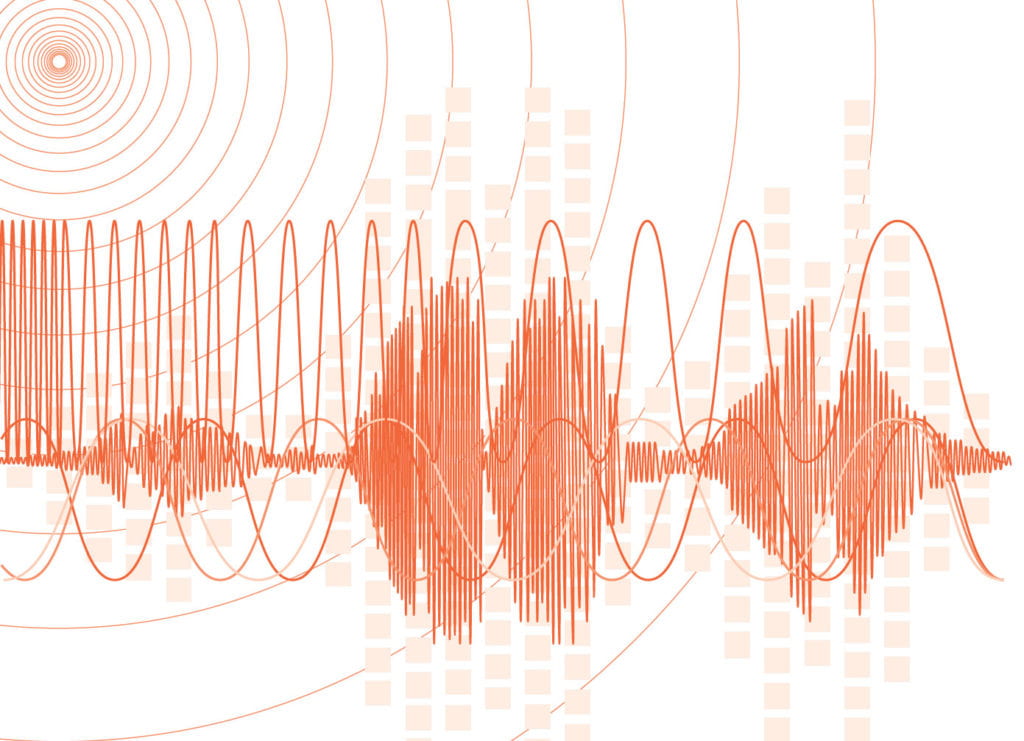A recent recognition of the Institute for School Partnership’s mySci curriculum is especially rewarding for Jeanne Norris. That’s because it comes from her peers.
The EQuIP Peer Review Panel for Science (PRP), of which Norris is a member, has identified mySci’s middle school Module 5 Waves as a high-quality lesson and unit designed for the Next Generation Science Standards (NGSS).
Norris, curriculum coordinator for the Institute for School Partnership at Washington University in St. Louis, was not involved in reviewing the module.
“It’s affirmation from my peers,” she says. “The people on this panel were selected because they are some of the best in the nation at consistently being able to identify gaps in curriculum and lessons and what’s great about curriculum and lessons.”
The unit is reviewed using the EQuIP rubric which has specific criteria the PRP believes will meet an example of high quality NGSS design. In addition to Norris and the other ISP curriculum writers, contributions were made by teacher writers from Mehlville School District, Clayton School District, Saint Louis Public Schools, Rockwood School District and Lift for Life Academy.
“mySci strives to create excellent curriculum aligned to NGSS that meets the needs of teachers and students in our region,” says Rachel Ruggirello, assistant director of the Institute for School Partnership. “National recognition provides us with affirming feedback and we are thankful to our teacher leaders in the region who play an instrumental role in making this happen.”
The panel has a standing call for submissions. Its objective is not to endorse a particular curriculum, product or template, rather to identify lessons and units that best illustrate the cognitive demands of the NGSS. The mySci Wave module was submitted in August 2017, soon after it was completed.
“The process is all about the feedback,” Norris explains. “The rubric is really high level and stringent. It’s the ideal version of what excellent NGSS instruction looks like. It’s exciting for us to get great feedback from an outside panel that can tell us where we can improve and what we’re doing well.”
Norris says the feedback reinforces the vision of mySci. That mySci is not a script nor canned curriculum. That it is simply a template for teachers to adapt to meet the needs of their classroom. In fact, every year based on teacher feedback, the mySci curriculum is edited.
“We strive for continuous improvement,” Norris says. “I love the idea of us continuously improving and sharing excellent science with more teachers and seeing how they adapt it and do amazing things with it.”
The Wave 5 Module materials can be downloaded for use from the NGSS website. Anybody across the country can access the module and implement it.
Why submit this particular module?
Norris says it’s a great example of using phenomena to drive instruction, and explicitly using science and engineering practices and crosscutting concepts. Plus, the curriculum contains fun, relevant ways to help students “figure out” the science of light, sound, and digital communication.
The module is centered on the driving question, “How can we as engineers design a concert experience for others to enjoy?” In order to answer this question, students need to consider what a wave is, and how waves are modeled. They explore sound and light waves, and how these waves interact with various media. The culminating performance task requires students to synthesize this information, and apply it to the design of a concert experience.
November 2017 | by, Myra Lopez
Sign up for our newsletter.
“The process is all about the feedback,” Norris explains. “The rubric is really high level and stringent. It’s the ideal version of what excellent NGSS instruction looks like. It’s exciting for us to get great feedback from an outside panel that can tell us where we can improve and what we’re doing well.”
Norris says the feedback reinforces the vision of mySci. That mySci is not a script nor canned curriculum. That it is simply a template for teachers to adapt to meet the needs of their classroom. In fact, every year based on teacher feedback, the mySci curriculum is edited.
“We strive for continuous improvement,” Norris says. “I love the idea of us continuously improving and sharing excellent science with more teachers and seeing how they adapt it and do amazing things with it.”
The Wave 5 Module materials can be downloaded for use from the NGSS website. Anybody across the country can access the module and implement it.
Why submit this particular module?
Norris says it’s a great example of using phenomena to drive instruction, and explicitly using science and engineering practices and crosscutting concepts. Plus, the curriculum contains fun, relevant ways to help students “figure out” the science of light, sound, and digital communication.
The module is centered on the driving question, “How can we as engineers design a concert experience for others to enjoy?” In order to answer this question, students need to consider what a wave is, and how waves are modeled. They explore sound and light waves, and how these waves interact with various media. The culminating performance task requires students to synthesize this information, and apply it to the design of a concert experience.
November 2017 | by, Myra Lopez
